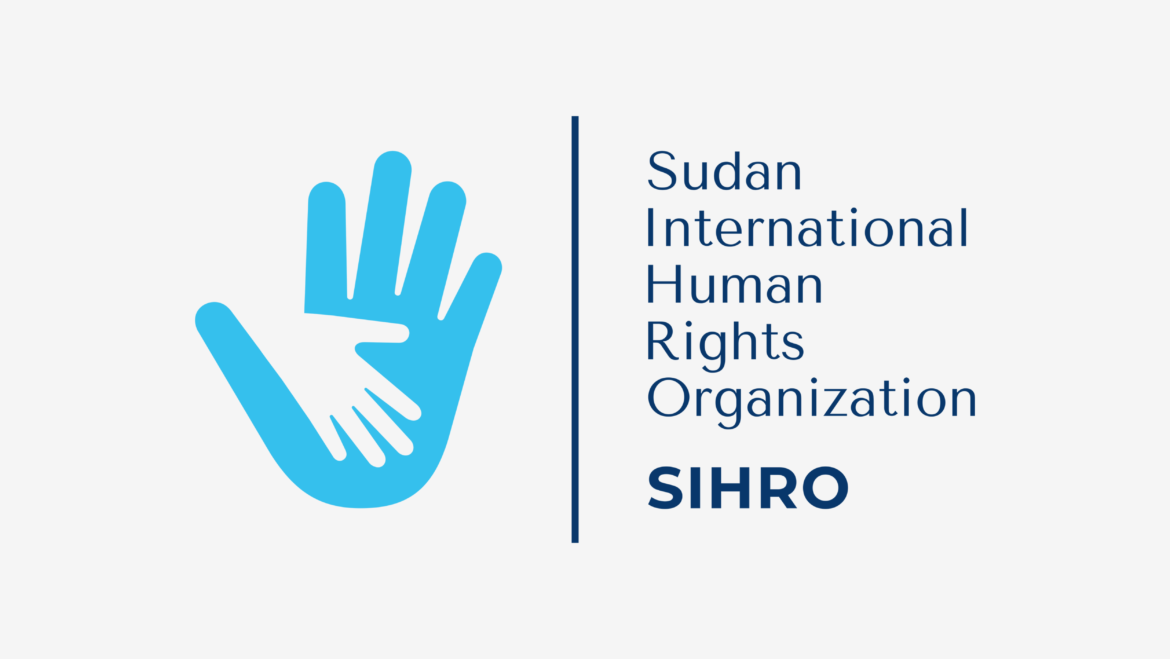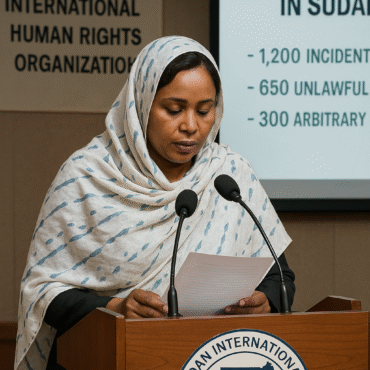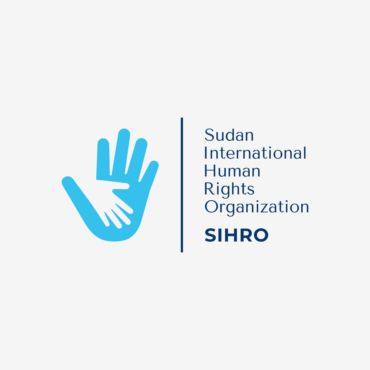Gender Dynamics in Agricultural Employment: A Comparative Analysis of Sudan and Neighboring Countries
Comparative Analysis:
The year 2021 was marked by significant socio-economic challenges in Sudan and its surrounding region, including an unfolding famine and a notable rise in unemployment and job insecurity. These challenges were particularly acute among the Sudanese population, with displaced individuals facing heightened vulnerabilities. The Office for the Coordination of Humanitarian Affairs (OCHA) in Sudan’s annual report highlights the critical situation, emphasizing the need for concerted efforts to address these issues.
This analysis delves into the employment indicators in the agriculture, forestry, and fishing sectors across Sudan and its neighboring countries – Egypt, Eritrea, Ethiopia, South Sudan, and Chad – mainly focusing on gender disparities in 2021. The data reveals varying trends and disparities, shedding light on the complex socio-economic dynamics at play and their implications for gender equality and sustainable employment in these crucial sectors.
- Chad: Demonstrates relatively balanced gender participation in agriculture, with minor differences between female (67.1%) and male (70.2%) employment percentages. This suggests an inclusive agricultural sector where both genders contribute significantly to the economy and livelihoods.
- Egypt: Exhibits lower overall employment in agriculture but with a notable reverse gender gap, where a higher percentage of females (25.6%) are employed compared to males (18.8%). This could reflect broader labor market dynamics and the role of women in informal and small-scale agricultural activities.
- Eritrea: Shows high employment rates for both genders in agriculture, with females (65.9%) slightly leading over males (59.5%). This could indicate a firm reliance on agriculture for livelihoods, with women playing a pivotal role, possibly due to traditional practices or the effects of male migration.
- South Sudan: The significant gender disparity, with higher female (75.4%) than male (49.6%) employment in agriculture, points to potential socio-economic and cultural factors that necessitate women’s increased involvement in the sector, possibly influenced by conflict and instability.
- Sudan: The higher employment percentage of females (54.7%) compared to males (35.7%) underscores the crucial role of women in agriculture. This disparity highlights the economic and societal factors driving women into agricultural work and the need for supportive policies.
These insights highlight the critical need for gender-sensitive approaches to policy-making and development interventions in the agricultural sector. Addressing the gender disparities in employment is paramount for enhancing food security, reducing poverty, and achieving sustainable development goals in Sudan and the neighboring region. The analysis underscores the importance of equitable access to employment opportunities, ensuring that both men and women can contribute to and benefit from the agricultural sector.




Add Comment